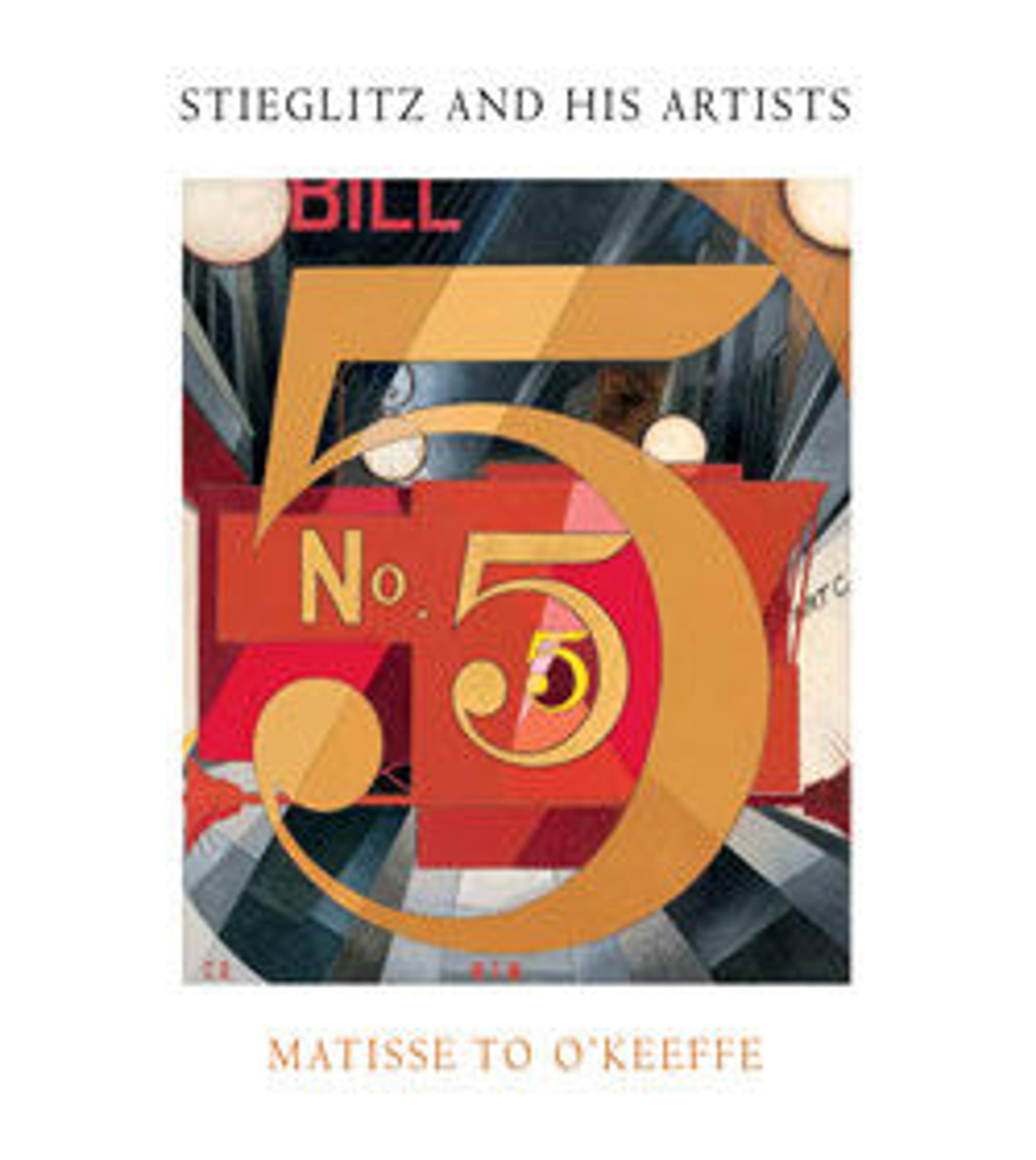Alfred Stieglitz, L'accoucheur d'idées (The Midwife to Ideas)
The Met owns six de Zayas caricature drawings of Alfred Stieglitz, ranging in date from about 1908 to 1915. Some are completely abstract, others more realistic, yet all convey a salient aspect of Stieglitz's physical appearance, personal magnetism, intellectual prowess, or creative genius. Here, in this dark and mysterious charcoal drawing, where figure and ground merge into blackness, Stieglitz's leonine head is illuminated by a white circle of undrawn paper that transforms him into a religious icon. Such dramatic lighting was perhaps inspired by Steichen's photographic portraits of a few years earlier. This drawing may have been included in de Zayas's first exhibition at 291, in January 1909. One critic noted that Stieglitz was "ready and willing to take his own medicine [as] demonstrated by the appearance of a most formidable likeness of himself . . . and De Zayas flatters no one, not even his discoverer." When this caricature was later reproduced in Camera Work in April 1912, it was newly entitled L'Accoucheur d'Idées (The Midwife to Ideas).
Artwork Details
- Title: Alfred Stieglitz, L'accoucheur d'idées (The Midwife to Ideas)
- Artist: Marius de Zayas (Mexican, Veracruz 1880–1961 Stamford, Connecticut)
- Date: ca. 1908–9
- Medium: Charcoal and graphite on paper
- Dimensions: 24 3/4 × 19 1/8 in. (62.9 × 48.6 cm)
- Classification: Drawings
- Credit Line: Alfred Stieglitz Collection, 1949
- Object Number: 49.70.192
- Curatorial Department: Modern and Contemporary Art
More Artwork
Research Resources
The Met provides unparalleled resources for research and welcomes an international community of students and scholars. The Met's Open Access API is where creators and researchers can connect to the The Met collection. Open Access data and public domain images are available for unrestricted commercial and noncommercial use without permission or fee.
To request images under copyright and other restrictions, please use this Image Request form.
Feedback
We continue to research and examine historical and cultural context for objects in The Met collection. If you have comments or questions about this object record, please complete and submit this form. The Museum looks forward to receiving your comments.
